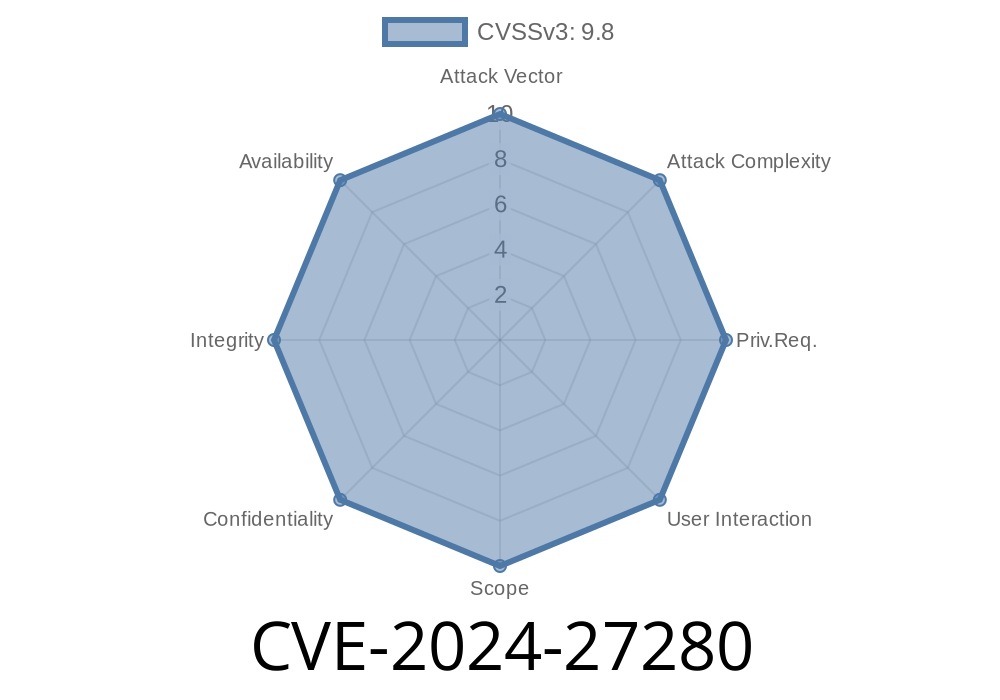A buffer-overread vulnerability has been identified in Ruby's StringIO 3..1, affecting versions 3..x through 3..6 and 3.1.x through 3.1.4. This vulnerability could lead to a potential disclosure of sensitive information due to the ungetbyte and ungetc methods reading past the end of a string. Upon performing a subsequent call to StringIO.gets, the value stored in memory may be revealed.
Exploit Details
The issue lies within the implementations of Ruby's ungetbyte and ungetc methods, where misuse could result in data behind the StringIO buffer being read. The following code snippet demonstrates the vulnerability:
require 'stringio'
io = StringIO.new('Hello, World!')
io.seek(-1, IO::SEEK_END)
io.ungetbyte('A')
val = io.gets
puts val.inspect
In this example, the StringIO object's position is set to the second-last character of the input. The ungetbyte method is called with a new character, 'A', which causes the position to move past the end of the string buffer. When calling io.gets, the value of the memory space right behind the StringIO buffer is returned, leading to potential information disclosure.
Original References
The issue regarding the buffer-overread in StringIO has been tracked and addressed by the following commits:
- Fix buffer over-read in StringIO#ungetc and StringIO#ungetbyte (GitHub Commit)
- stringio.gemspec: specify required_ruby_version (GitHub Commit)
Fixed Versions
To protect your applications from this vulnerability, users of Ruby 3..x should upgrade to StringIO 3..1.1, and users of Ruby 3.1.x should upgrade to StringIO 3..1.2.
For users at or below Ruby 3..2, an upgrade to Ruby 3..3 is advised.
Conclusion
It is essential for Ruby developers to be aware of potential vulnerabilities in their code and the libraries they utilize. In this case, it is crucial to update packages and dependencies as required to address the CVE-2024-27280 vulnerability and protect sensitive information from being inadvertently exposed.
Remember always to stay informed about security updates and keep your applications up to date to reduce potential threats.
Timeline
Published on: 05/14/2024 15:11:56 UTC
Last modified on: 07/03/2024 01:50:29 UTC
